Frequently
Asked
Questions
Frequently
Asked
Questions
Start van een project
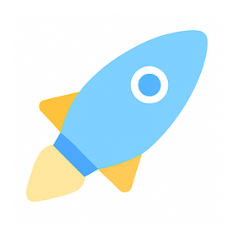
Fantastic! A great idea is where it all begins. Whether it becomes a success, however, depends on the remaining 95% of the work—as well as on the business plan. No matter how brilliant your idea is, a solid plan for its development is essential.
Are you already certain you want to develop your idea? Or do you still have some doubts? Let’s get acquainted and discuss what WeLLDesign can do for you.
The first step is to get in touch and meet each other.
Based on your question or challenge, we then create a project plan. In this plan, we outline the strategy for development, define the phases we’ll go through, and specify what will be delivered in each phase. We also include estimated costs for each phase, anticipated material expenses, and a timeline. The project plan can be refined based on your feedback.
Once you approve the project plan, we officially kick off the project.
Of course. We’re happy to think along with you. Maybe you're not sure where to start, wondering whether your product idea has potential, or unsure about the best approach. We fully understand the kinds of questions you might have. Just send us an email or give us a call, and we’ll schedule a no-obligation (video) call to brainstorm about the possibilities.
Planning, kosten en risico’s
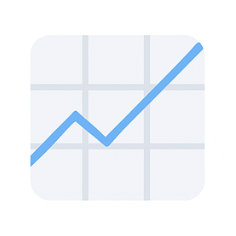
The time it takes depends heavily on the type of product. A simple product may be ready for production in as little as two months, while a complex product can take up to two years. Check out our Design Process to get a better idea of the steps we typically follow during development.
After an initial meeting, we can give a rough estimate of the required timeline. In the development of the project plan, where we define the approach, we’ll refine that estimate.
This depends largely on the complexity of the product. Often, we can provide a preliminary estimate after an introductory conversation, and we’ll refine that during the project planning phase.
It’s also important to realize that developing a product is an investment —the goal is that the money you spend now will earn you more in return .WeLLDesign is known for creating products with a high return on investment. We’d love to explain how we do this in a first meeting.
Investing in product development leads to:
1. Higher sales – a well-designed product simply sells better.
2. Higher profit margins per product sold.
That’s not surprising when you consider everything we focus on during the design process: optimal material usage, correct material selection, fast and cost-efficient assembly, low transport costs due to ideal dimensions, the best production method for each component, the right balance between using off-the-shelf parts or custom parts, an optimal user experience, thorough testing, etc.
In fact, research from TU Delft shows:
Product development with strong attention to both functional design and user experience is on average 19% more effective than product development with an average focus on these aspects.
There’s always some risk involved in investing in product development. That’s inevitable. However, this should always be a calculated risk.
Here’s how we ensure that:
- We anticipate from the start that we’ll encounter unforeseen issues—that’s simply part of product development. We account for this in the project plan and budget, making our estimates as realistic as possible.
- There’s an opt-out at the end of every phase. If external factors become major obstacles (e.g., an unavoidable patent, restrictive regulations), the client is not locked into the project. This flexibility is part of our standard approach, as customer satisfaction is crucial to us.
- We are always alert to existing patents to avoid infringement.
- We verify every assumption. This means using software to simulate situations or building prototypes to test ideas. That way, we avoid going down dead ends.
Samenwerking en aanpak
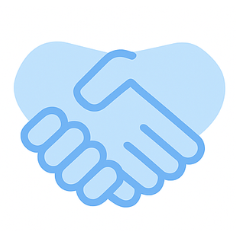
Our project plan includes the following elements:
- The goal of the project
- Key requirements and wishes for the innovation
- A proposal for the phases to be completed
- The deliverables for each phase
- An estimate of the hours we’ll spend per phase
- The intended schedule and lead time
- Expected material costs
- Key agreements and terms
We put together the project team based on your specific challenge. While we’re all industrial design engineers, each of us has our own area of expertise. So, for every project, we assemble a customized ‘dream team’ tailored to the project’s needs.
Throughout the process, we stay in regular contact. For every major design decision, we lay out the options so we can choose the best one together. We’ll always give our professional advice, but you, as the client, make the final call. Typically, we set up a recurring meeting, such as every two weeks. If needed, we can also get in touch by phone or email between meetings.
In addition to regular updates, we present a wrap-up at the end of each phase, sharing the results achieved. This is also a moment to look ahead and confirm that the planned activities still align with the project’s goals.
Sometimes, new insights arise during a project that make it smart to shift the course slightly. This could be due to market developments, changes within your organization, or an interesting discovery during development. Design processes can be planned, but never fully predicted. That’s why we always check in at the start of each new phase to ensure all planned activities are still the most strategic ones. This way, we make sure our time is always spent on what matters most.
We love working with clients who enjoy working with us too. That’s why our project plans always include opt-out moments.
We structure projects in separate phases. Each phase has a specific goal, and at the end of every phase, you have the option to pause or end the collaboration. In practice, this rarely happens, but we do this to ensure you feel comfortable and in control throughout the project. It’s better for both you and us.
Expertise en diensten
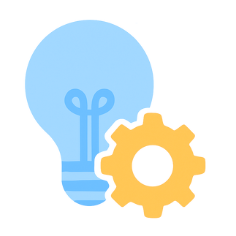
Everything needed to develop a product from A to Z. This includes brainstorming and idea generation, multiple phases of prototyping, and setting up actual production. We’re also experienced in guiding the final production process.
Curious about all our areas of expertise? Check them out here.
Yes, absolutely.
Even organizations with their own Research & Development departments sometimes need extra hands—especially when multiple products are being developed at once. We work on a project basis and can provide temporary reinforcement to your team.
The advantage? We bring deep knowledge and a fresh perspective. This often leads to new ideas your in-house team might not have thought of yet.
Definitely.
We have an extensive network of suppliers and manufacturers, including parties that can handle assembly if needed. With over 35 years of experience developing products, we’ve built a solid base of trusted contacts.
By now, we have preferred partners for most manufacturing techniques—partners we've worked with for years and who offer excellent value for money. We have particular expertise in setting up production in Asia, Europe, and the Netherlands. Depending on your needs, we can build the supply chain together.
If desired, we can also supervise production to ensure all quality standards are met.
Vertrouwelijkheid en juridische vragen
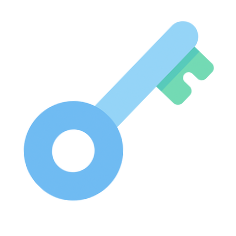
Yes, we can definitely help with that.
We have extensive experience in patent research. If the situation becomes complex or highly specialized, we collaborate closely with a well-respected patent firm.
We can assist with:
- Research into potential infringements of existing patents
- Applying for patents for your innovations or products
Of course. We treat sensitive information with the utmost care. We regularly sign NDAs—even before an initial meeting, if preferred.
Throughout the design process, we also take every possible measure to safeguard files and sensitive information.


